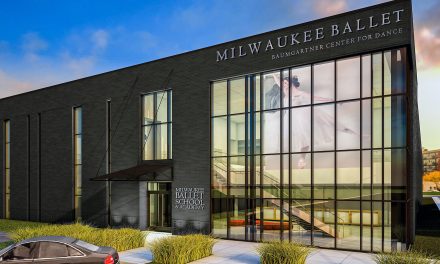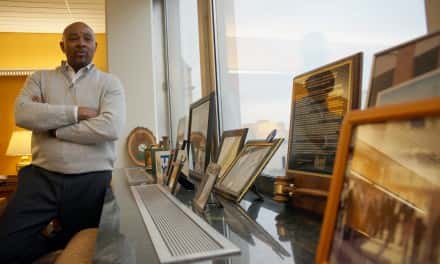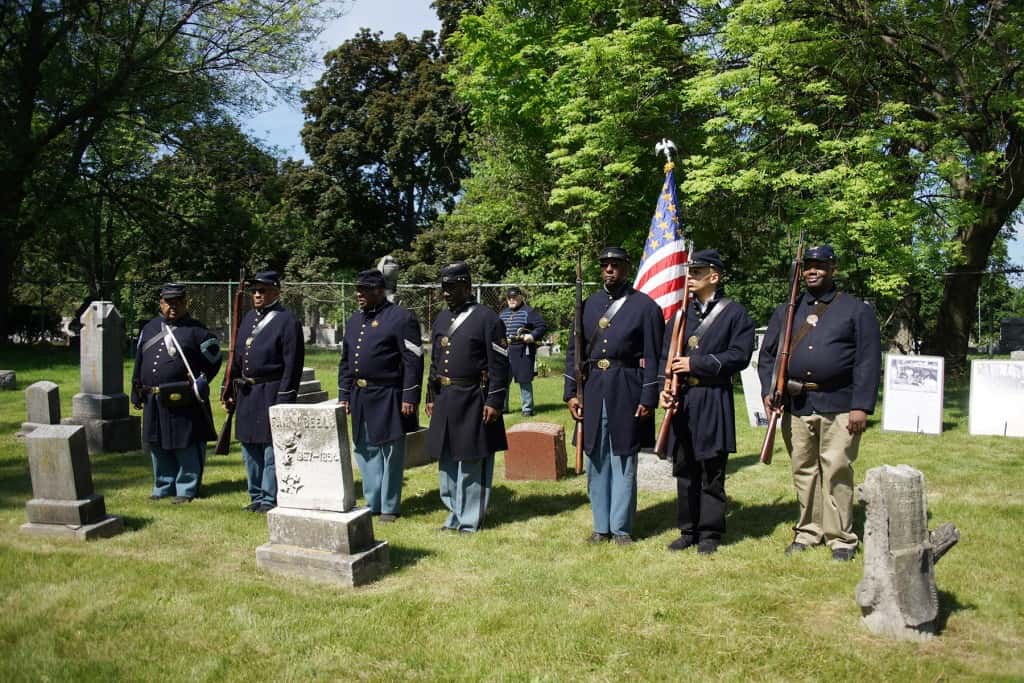
More than $2.5 million has been pledged to name spaces within the new Dwight and Dian Diercks Computational Science Hall at Milwaukee School of Engineering (MSOE) and support programs and technology within this state-of-the-art facility.
The new building, expected to open in Fall 2019, will position MSOE at the forefront of artificial intelligence education and next-generation technologies. Donations have come from individuals, alumni, former faculty members, board members and local companies.
“MSOE was built on partnerships with industry and we’re proud to continue that tradition,” said Dr. John Y. Walz, president of MSOE. “We are relying on our partners to support our bold step forward into this transformative learning space.”
The Dedicated Computing Data Analytics Laboratory will offer a data-rich reconfigurable laboratory space that will evolve with the curriculum. PieperPower Corporation has sponsored the Corporate Partnership Classroom, Corporate Partnership Center Touchdown Space and Collaboration Rooms to bring students and industry together around unmatched computing power.
Northwestern Mutual is expanding and augmenting the university’s computer science program with a focus on artificial intelligence by supporting the Northwestern Mutual Classroom, Northwestern Mutual AI Laboratory and collaborative rooms within the building, student scholarships and a lecture series.
The Rexnord Corpration Classroom and Kimbel A. Nap ’72 Classroom – a gift of Elaine Nap, are interactive and flexible classrooms for emerging modes of learning. A gift from MSOE Professor Emeritus Hans Schroeder supports the administrative office space for the computer science and software engineering programs that will reside in Diercks Hall.
The LogistiVIEW AR/VR Laboratory is a cross-disciplinary space where computer science and software engineering students will work on augmented reality application development and computer graphics courses; nursing students will participate in nursing simulations; and civil and architectural engineering and construction management students will learn virtual design and construction coordination, and building information modeling techniques.
The Pindel Global Precision Room is a teamwork hub to foster collaboration between students, faculty and industry. MSOE alumni Dr. Michael Barber ’82, Regent, and Dr. Jackie Herd-Barber ’84, Corporation member, have committed to sponsoring the plaza, which will promote collaboration across disciplines.
The Dr. Bernard A. Cohen ’71 Human Machine Interface Laboratory will explore the interactions between humans and technology across the fields of robotics, computer science, biomedical engineering, nursing and user experience.
The Ronald Jensen Conference Room – a gift of Dr. Ronald Jensen ’74, The Dr. Joe and Lynette Noworatzky Conference Room – a gift of Dr. Joe ’85 and Lynette Noworatzky, and The Wagner Family Conference Room – a gift of Jo and Bob Wagner ’64 and Barb Wagner Karol will offer dynamic meeting space for faculty and staff.
The Dr. Edward Raether ’68 and Arlene Raether Study Area gives students a place to relax and focus on their studies. The Gary Folbrecht Office – a gift of Brent J. Folbrecht is a faculty office designed for student accessibility. In addition, Generac has provided an in-kind gift relating to emergency electrical power for the facility.
“Our supporters have recognized the need for innovative working and learning spaces,” said Jeff Snow, MSOE vice president of development. “We are grateful for their dedication to fostering an inspired culture on campus.”
Diercks Hall features open and engaging spaces that will support collaboration between students, faculty and industry. Modern interactive classrooms will provide flexible learning spaces for all of MSOE’s academic programs, and a 256-seat auditorium combined with a central event space will serve as a public forum for MSOE, industry and the community.
Collaborative spaces will allow MSOE students to bring their best solutions to life, working alongside industry partners, while the NVIDIA GPU-powered supercomputer will provide the computing power.














